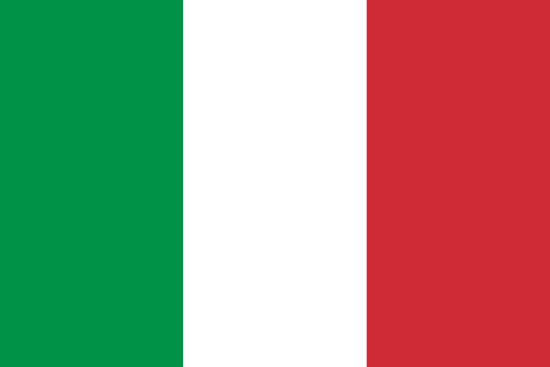"La Superba | The Proud"
About:
Genoa, Italy, founded in the 4th century BC, became a powerful maritime republic in the Middle Ages. It was a major economic and naval power during the 11th-19th centuries, rivaling Venice and Pisa. Genoa produced notable figures such as Christopher Columbus. After Italian unification in 1861, Genoa became Italy's main industrial hub. Severely damaged in WWII, it was rebuilt, maintaining its economic importance. Today, it's a major port city, known for its rich history and architecture.
When to visit:
Genoa, a port city in northern Italy, offers a Mediterranean climate with mild winters and warm summers. The best time to visit Genoa is during the spring and autumn months when the weather is pleasantly mild, making it ideal for exploring the city's historic sites and picturesque coastline. Summer tends to be hot and crowded with tourists, while winter can be rainy and chilly. Therefore, the optimal time for a holiday in Genoa is typically from April to June or September to October.
When to avoid:
Traveling to Genoa on a holiday during the peak summer months of July and August may not be ideal due to the intense heat and high tourist crowds. These months typically see soaring temperatures, making outdoor activities uncomfortable for many visitors. Additionally, accommodation prices tend to be at their highest during this period, potentially straining travel budgets. For a more pleasant experience with milder weather and fewer tourists, consider visiting Genoa during the shoulder seasons of spring or fall.
"Winter Season (Dec-Feb)"
In Genoa, winter (December to February) is the coldest and wettest part of the year. Average temperatures range from 4-12°C (39-54°F). It experiences the highest rainfall in November with an average of 140mm. Sunlight is scarce, with an average of 3-5 hours a day. Cloud cover is significant, often casting a grey hue over the city. An average day for a visitor might involve bracing the chilly sea breeze, navigating through intermittent showers, and enjoying indoor attractions like museums or local cafes.
"Genoa Summer (June–August)"
In Genoa, Italy, the warmest part of the year typically spans from June to August. During this period, average high temperatures range from 25°C (77°F) to 28°C (82°F). Rainfall during these months is relatively low, with July being the driest month averaging around 25mm of precipitation.
Sunlight is abundant, with July boasting the longest days of the year, averaging around 15 hours of daylight. Humidity can be relatively high, often hovering around 70-75%, which may make the heat feel more intense.
As for cloudiness, summer in Genoa is usually clear to partly cloudy. On a typical day, visitors can expect to wake up to bright, sunny mornings. The afternoons might feel quite hot, especially in the peak of summer, but the coastal breeze from the Ligurian Sea often provides some relief. Evenings are generally pleasant, with temperatures dropping slightly, making it comfortable for outdoor dining or strolling around the city.
Overall, summer in Genoa is characterized by warm, sunny days with low chances of rain, making it a great time for outdoor activities and exploring the city's historical sites.
Language:
In Genoa, the most commonly spoken language is Italian, as it is the official language of Italy. Additionally, a significant number of residents speak Genoese, a Gallo-Italic language. English is also understood by many, especially in the tourism and business sectors.




